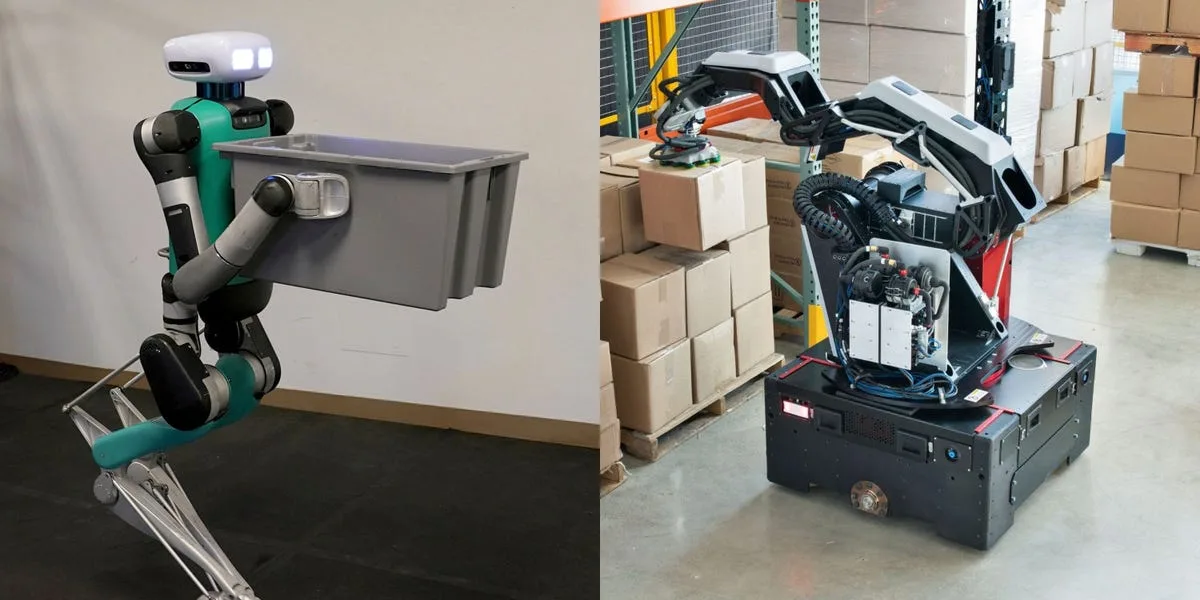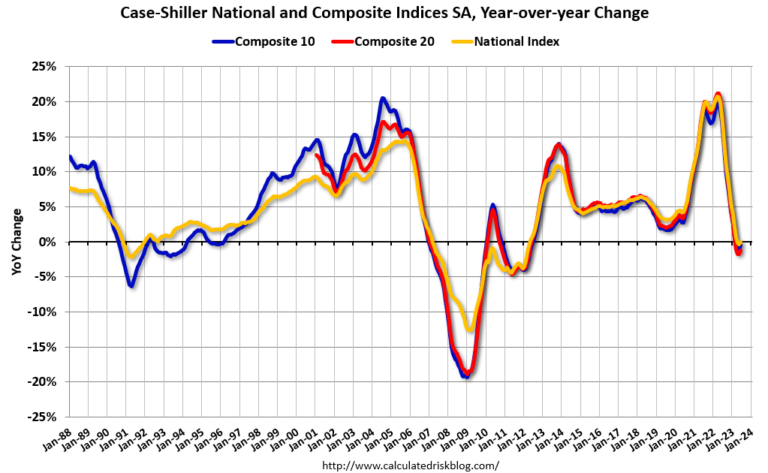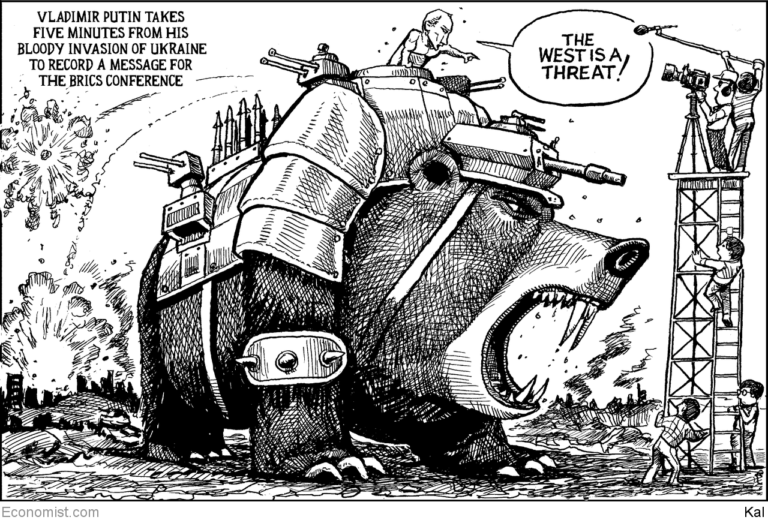Are Humanoid Robots the Best Choice for Warehouse Tasks?
The Rise of Humanoid Robots in Warehouses
Amazon is testing Agility Robotics’ humanoid robot, called Digit, in its warehouses across the United States. This two-legged robot has the ability to walk, lift boxes, and perform tasks typically carried out by human employees—only at a much lower cost. With an operational cost between $10 to $12 per hour, Digit provides a cost-effective solution for Amazon. However, is investing in humanoid robots the best choice for warehouse tasks?
The Human Form Factor Question
Aaron Saunders, CTO of Boston Dynamics, believes that while humanoid robots have great potential in closing the technology gap, they may not always be the ideal form for specific jobs such as moving boxes. Saunders points out that just because humans can perform such tasks, it doesn’t mean that the human form is the most efficient for completing them. Boston Dynamics has developed Stretch, an automated mobile robot with a crane-like arm and wheels, which can move boxes more efficiently and effectively than a human.
Adapting to Warehouse Infrastructure
One of the selling points of Agility Robotics’ Digit is its ability to adapt to existing warehouse infrastructure and floorplans that weren’t necessarily designed for robots and automation. The robot can seamlessly integrate into the warehouse environment without requiring building permits, power drops, or floorplan changes. Boston Dynamics also claims to have achieved this with their robot Stretch, which can drop into existing facilities and get to work within days while offering mobility and flexibility.
The Vision for Humanoid Robots
Agility Robotics has an ambitious vision for Digit’s future applications. While its current focus is on moving packages, the company plans to expand the robot’s capabilities to include unloading trailers and eventually providing last-mile delivery service to people’s homes. On the other hand, Boston Dynamics’ Stretch seems to be limited to warehouse spaces with its current and future applications centered around tasks like depalletizing items and loading trucks.
The Verdict
There are pros and cons to both approaches. Humanoid robots like Digit offer adaptability and can perform a wider range of tasks, while mobile robots like Stretch offer efficiency and effectiveness for specific tasks. The choice between humanoid robots and mobile robots ultimately depends on the specific needs and workflows of each warehouse. With the continued advancements in robotics technology, it will be interesting to see how these robots continue to shape the future of warehouse automation.







